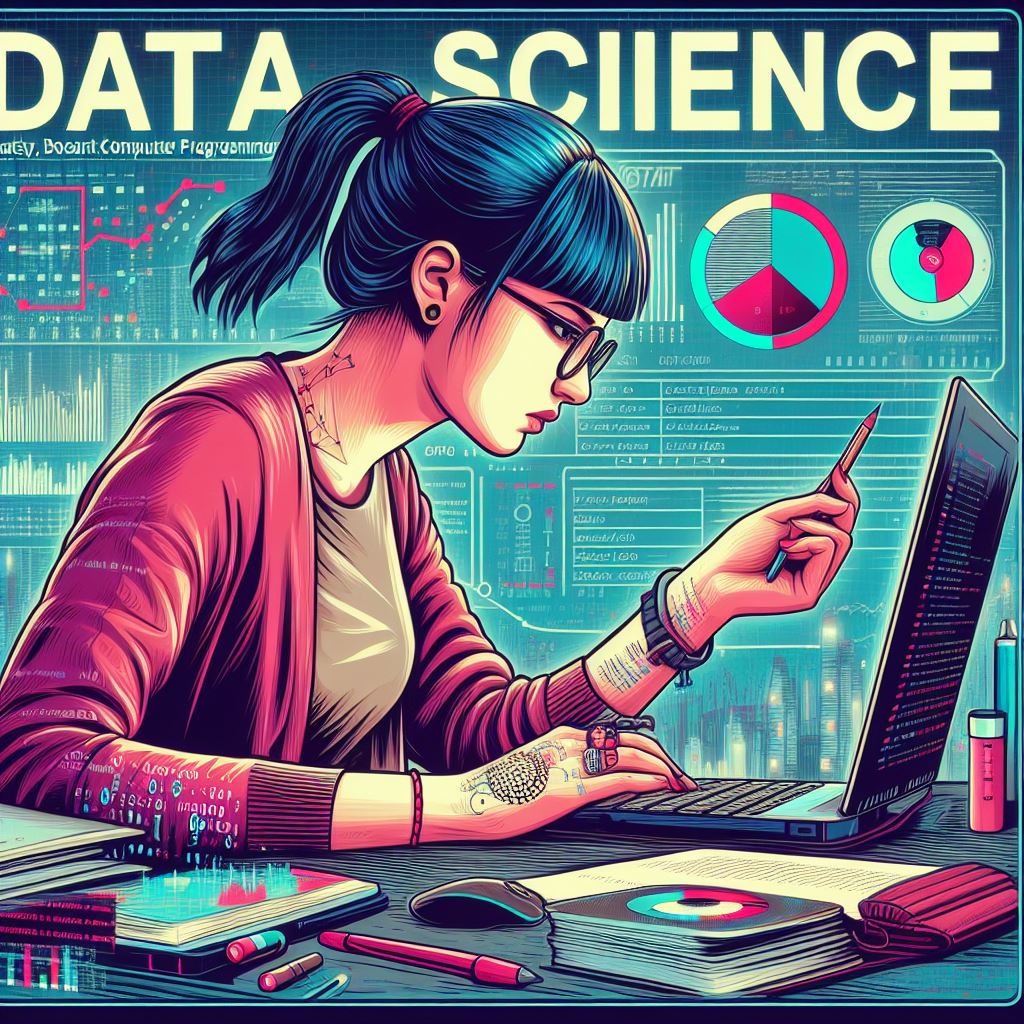In today’s data-driven world, the ability to analyze and visualize complex data is more crucial than ever. Data science visualization plays a pivotal role in transforming raw data into actionable insights, making it easier for businesses, researchers, and decision-makers to grasp key trends, patterns, and correlations.
Data visualization is not just about creating graphs and charts; it’s about telling a story with data. Effective data visualization allows you to present complex datasets in a clear, intuitive way that helps both technical and non-technical stakeholders understand the underlying information. By using a variety of visualization techniques, such as scatter plots, heatmaps, and bar charts, you can unlock hidden patterns that might otherwise go unnoticed in raw data.
One of the primary benefits of data visualization in data science is that it aids in decision-making. When data is presented visually, it allows businesses to quickly identify opportunities, detect anomalies, and forecast future trends. For instance, visualizing customer purchasing behavior over time can reveal which products are popular and when demand peaks, helping businesses optimize their inventory and marketing strategies.
Python, a leading programming language in data science, provides an array of powerful libraries for data visualization. Matplotlib, Seaborn, and Plotly are just a few examples of tools that allow data scientists to create stunning, interactive visualizations. These libraries enable users to generate everything from simple line graphs to more complex 3D plots. Each library has its own strengths, with Matplotlib being great for basic plots, Seaborn offering enhanced statistical visualizations, and Plotly being ideal for interactive and web-based dashboards.
Another critical aspect of data science visualization is the ability to handle large datasets. With big data becoming more common across industries, the need for efficient and effective visualization techniques is on the rise. Tools like Tableau and Power BI have become popular because they can manage large datasets and provide dynamic, real-time visualizations that help businesses track performance metrics and gain insights without overwhelming the viewer.
Choosing the right visualization method is essential. While bar and line charts may be appropriate for simple data, heatmaps or treemaps might be better suited for larger or more complex datasets. Interactive dashboards can also help users explore different aspects of the data on their own, offering a deeper level of insight.
Moreover, the visualization process is not just about making data pretty—it’s about making data meaningful. Data scientists must focus on what to highlight, what to exclude, and how to design visualizations that are both visually appealing and easy to understand. This requires an understanding of the data, the goals of the analysis, and the audience for the visualization.
Effective data visualization in data science not only makes the data more accessible but also drives better decisions and enhances the overall impact of data analytics. Whether you’re working with small datasets or dealing with big data, visualization techniques are essential tools in any data scientist’s toolkit. As the field of data science continues to evolve, mastering data visualization is critical to unlocking the ultimate potential of data-driven insights.
5
